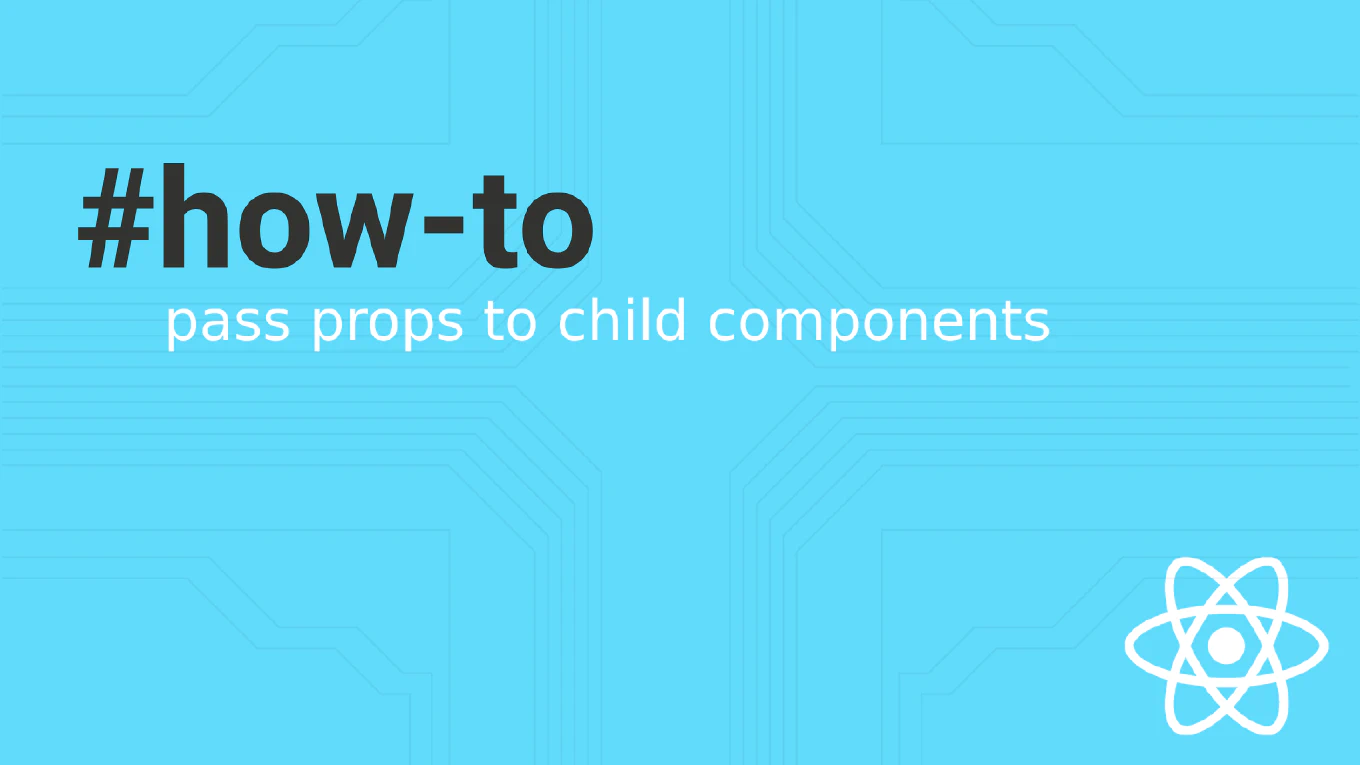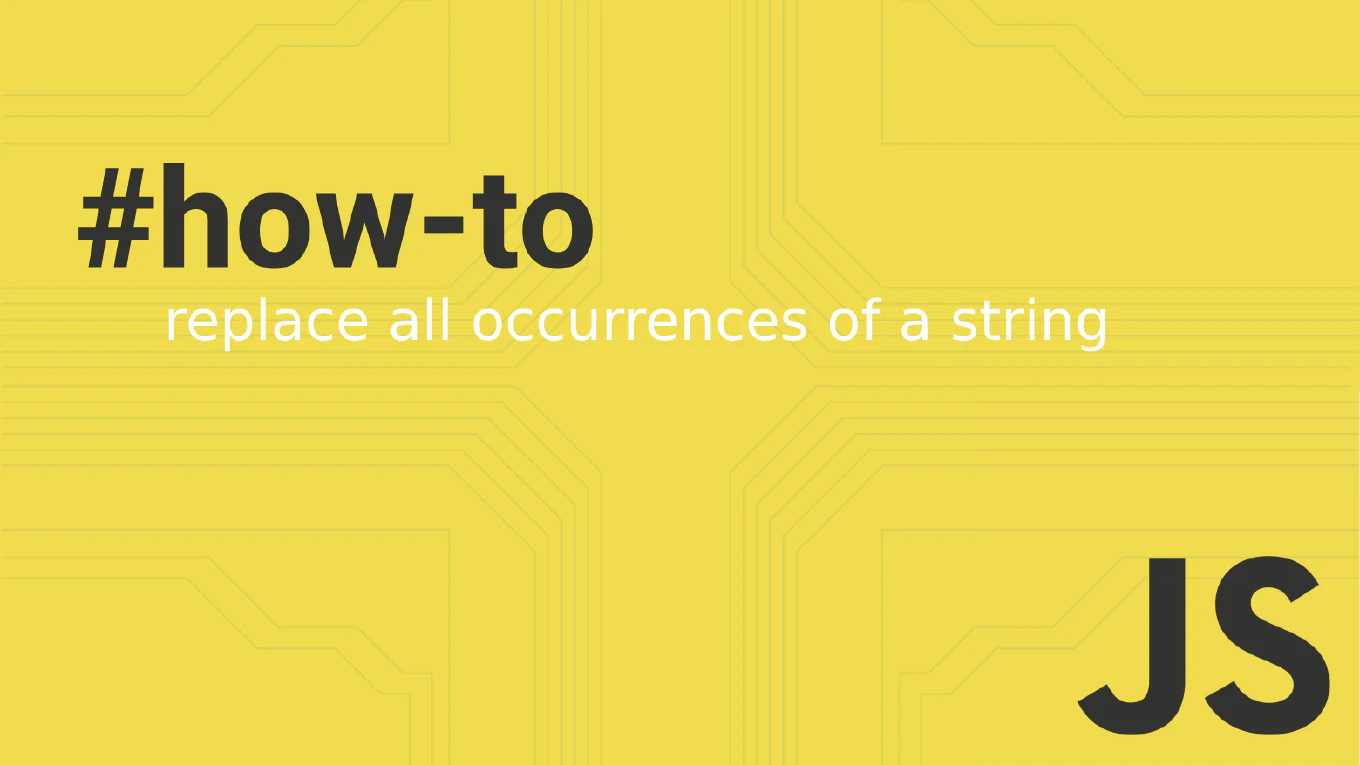How to use async/await with fetch in JavaScript
Using async/await with fetch API provides a cleaner, more readable alternative to promise chains for handling HTTP requests in JavaScript. As the creator of CoreUI with over 25 years of JavaScript development experience, I’ve used async/await extensively in production applications for API communication. The most straightforward approach combines async function declarations with await keywords before fetch calls. This pattern eliminates callback hell and makes asynchronous code read like synchronous code while maintaining non-blocking behavior.
How to handle async/await errors in JavaScript
Proper error handling in async/await functions is essential for building resilient applications that gracefully manage network failures, API errors, and unexpected exceptions. With over 25 years of experience in software development and as the creator of CoreUI, I’ve implemented comprehensive async error handling in numerous data-driven applications and API integrations. From my expertise, the most reliable approach is wrapping await calls in try-catch blocks to capture and handle promise rejections appropriately. This technique provides clean error handling while maintaining the readable async/await syntax.
How to use async/await in JavaScript
Async/await provides a cleaner, more readable syntax for handling asynchronous operations compared to traditional promise chains and callback patterns.
As the creator of CoreUI with over 25 years of JavaScript development experience, I’ve used async/await extensively in API calls, data processing, and complex asynchronous workflows.
From my expertise, the most effective approach is marking functions with async and using await to pause execution until promises resolve.
This syntax makes asynchronous code read like synchronous code while maintaining non-blocking behavior.
How to handle async/await in Vue
Handling asynchronous operations with clean, readable code is essential for Vue.js applications that interact with APIs and perform time-consuming tasks. As the creator of CoreUI with over 25 years of development experience building Vue applications since 2014, I’ve used async/await extensively in our component methods for data fetching and form submissions. The most effective approach is using async/await in Vue methods and computed properties with proper error handling and loading states. This method provides synchronous-looking code that’s easier to read and debug while maintaining full control over asynchronous operations.
How to use async/await in React data fetching
Using async/await syntax makes data fetching code more readable and easier to debug compared to promise chains, especially when handling multiple sequential API calls. As the creator of CoreUI, a widely used open-source UI library, I’ve implemented async/await patterns in React components across numerous projects over 25 years of development. From my expertise, the most effective approach is creating async functions within useEffect using immediately invoked function expressions (IIFE). This provides clean, synchronous-looking code while maintaining proper React lifecycle management.



